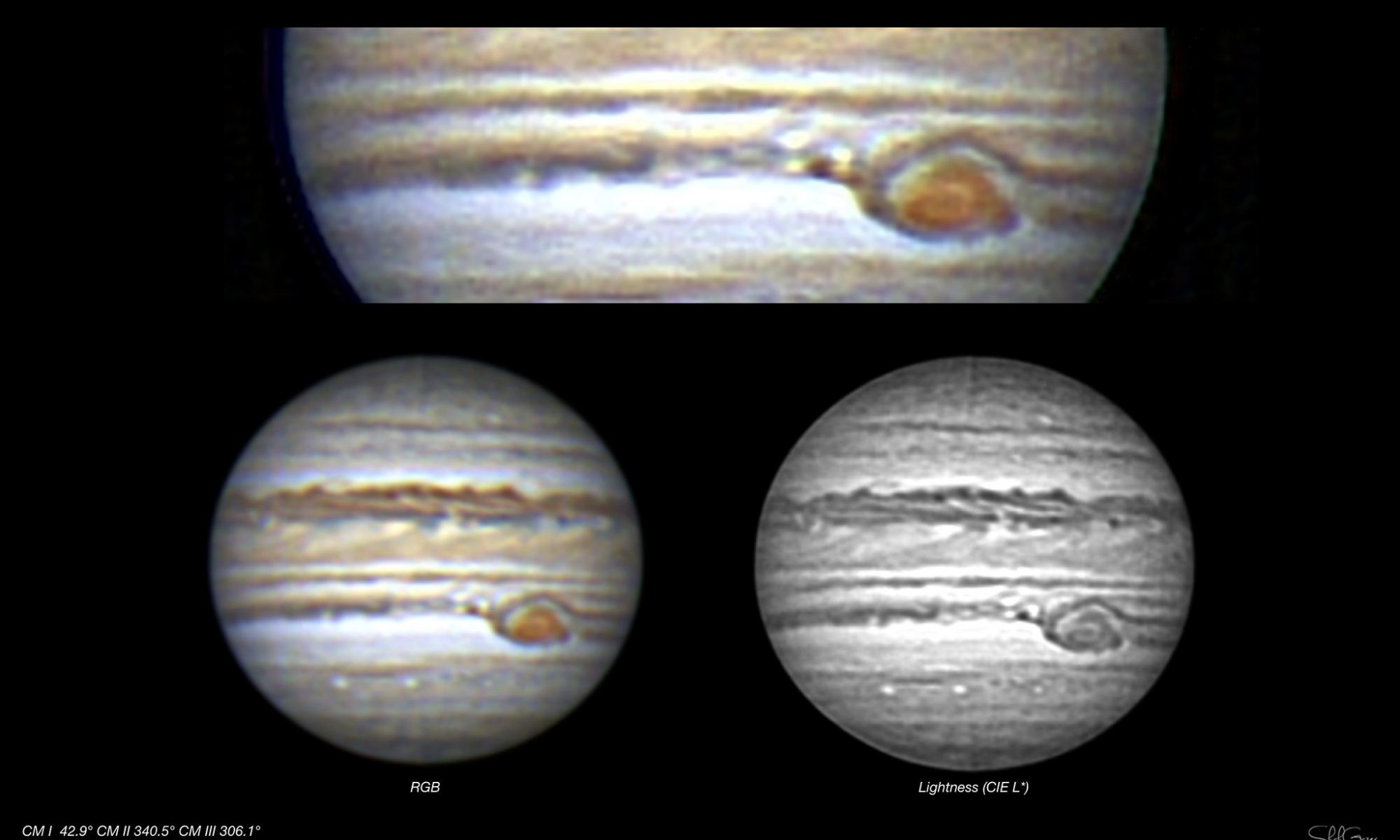
Every time I am doing something to Jupiter the Red Spot survives this event. In the real world this would never happen.

NASA CC BY Jupiters Great Red Spot could disappear in a generation.
Jupiter red spot gone. In fact the Great Red Spot is shrinking and recently news stories reported that it could vanish within the next 10 or 20 years. The iconic Great Red Spot of Jupiter may disappear in the next 20 years according to a researcher at NASAs Jet Propulsion Laboratory JPL in California. The Great Red Spot could disappear in the next 2 decades.
Jupiters Great Red Spot is an anticyclone that swirls around a center of high atmospheric pressure. One newly discovered feature is the little red spot LRS which was first identified by John Rogers British Astronomical Associations Jupiter Section director. As Rogers recounts This spot appeared last winter while Jupiter was hidden behind the Sun.
THE Great Red Spot of Jupiter is yielding its mystery to a new approach by physicists and meteorologists. Gone now are the volcano theory the egg theory the planetoid theory the column-of. Jupiters south equatorial belt now missing crosses the Great Red Spot in a picture taken in 2000 by NASAs Cassini orbiter.
IMAGE COURTESY NASAJPLSPACE SCIENCE. In 1979 when two Voyager spacecraft flew close by Jupiter images showed that the spot was a red cloud that rotated as part of a huge vortex several times larger than the Earth. This giant storm was first recorded in 1831 but may have first been discovered in 1665.
Based on current theories the Great Red Spot should have disappeared after several decades researcher Pedram Hassanzadeh a geophysical fluid dynamicist at Harvard Universitysaid in. Jupiters Great Red Spot was first observed in 1831 by amateur astronomer Samuel Heinrich Schwabe so we know the storm has existed for at. Every time I am doing something to Jupiter the Red Spot survives this event.
In the real world this would never happen. If even the smallest planet in our solar system would plunge straight into the Red Spot of Jupiter then that impact would be so great that all though this feature is as big as 12 - 14 times Earth it would be gone. Jupiters Great Red Spot was much bigger when photographed by Voyager back in 1979.
NASA CC BY Jupiters Great Red Spot could disappear in a generation. May 15 2014. Jupiters trademark Great Red Spot – a swirling anti-cyclonic storm larger than Earth – has shrunk to its smallest size ever measured.
According to Amy Simon of NASAs Goddard Space Flight Center in Greenbelt Maryland recent NASA Hubble Space Telescope observations confirm the Great Red Spot now is approximately 10250 miles across less than half the. Jupiter might lose its most remarkable feature - the great red spot. The spot is actually a humungous storm which is twice the size of our Earth.
It was first spotted observed 300 years ago and. I wrote a foreword for this awesome Sci-Fi book here. Httpsamznto3aGrg0IGet a Wonderful Person shirt.
Since 1830 the Great Red Spot has been observed and studied but it will be gone in the next 10 years. Nothing lasts forever Orton added. Jupiters Great Red Spot is.
NASAs Juno spacecraft currently in orbit around Jupiter captured the Great Red Spot on Feb. To the storms left edge a region of the 400-year-old storm is seen mixing with the. The Great Red Spot is Jupiters most defining feature and researchers say the storm has been shrinking for the last 150 years.
Last year photos taken by. Trapped between two jet streams the Great Red Spot is an anticyclone swirling around a center of high atmospheric pressure that makes it rotate in the opposite sense of hurricanes on Earth. Understanding the Great Red Spot is not easy and its mostly Jupiters fault.